Anthropogenic effluents have degraded water quality, reduced diversity and abundance of fish, aquatic plants
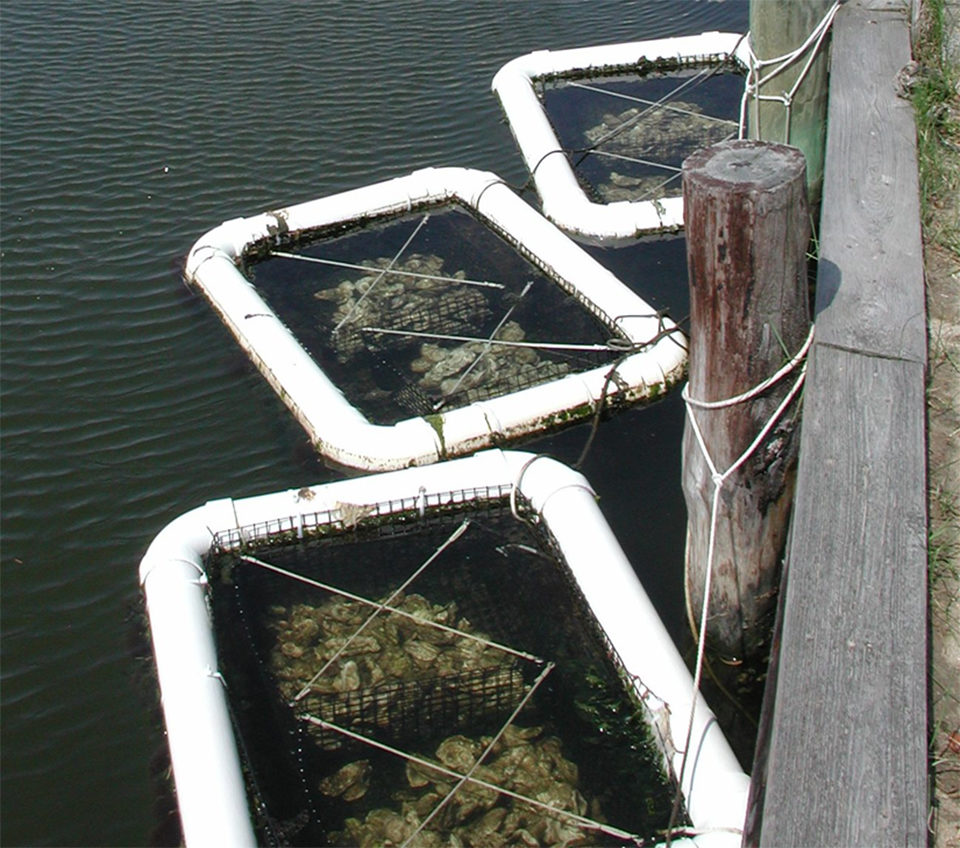
The populations of Crassostrea virginica oysters that once flourished along the eastern Atlantic and Gulf coasts of the United States have shrunk to only 1 to 3 percent of historic levels, especially in the Northeast and Mid-Atlantic regions. It is widely understood that this drastic decline in Eastern oysters began in the late 1800s as a result of overharvesting, habitat degradation, reduced water quality and disease.
Many states have responded to this decline with the development of oyster restoration programs. It has become a common activity among estuary programs to help restore oyster populations for their ecological and commercial contributions to the health and viability of the estuaries.
Delaware’s coastal lagoons, known locally as “inland bays,” are experiencing the impacts of sustained nutrient input and sediment erosion resulting from several decades of development within the watershed. The cumulative impacts of these anthropogenic effluents have degraded water quality and reduced the diversity and abundance of various species of fish, invertebrates and submerged aquatic vegetation.
Oysters increase water clarity and quality by filtering sediments and algae, and removing nutrients such as nitrogen and phosphorous. Oyster aquaculture can provide many of the same ecological services as oyster reefs, which serve as unique habitats for many ecologically and economically important species in estuaries worldwide.
Oyster restoration programs in eutrophied, turbid, periodically hypoxic embayments such as the inland bays may require an adaptive management approach toward restoration. Delaware has taken its cue, and through the integration of aquaculture and the close involvement of residents is taking steps to successfully bring back the dwindling native oyster populations.
Oyster gardening
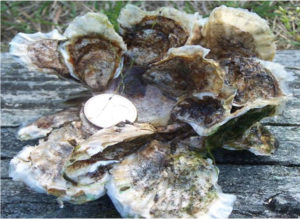
The Delaware Center for the Inland Bays, a nonprofit community-based organization established to facilitate the long-term stewardship and enhancement of the inland bays watershed, initiated an oyster restoration program in the summer of 2003 with the help of the Delaware Sea Grant Marine Advisory Program. Such “oyster gardening” programs occur in almost every state on the East Coast. Like many of them, the one in Delaware was modified from a program developed in the Chesapeake Bay.
Floating oyster aquaculture gear is deployed in residential canal systems at the docks of volunteer residents throughout Delaware’s inland bays. Each 1.0- x 0.75- x 0.3-meter “Taylor float” is constructed of polyvinyl chloride pipe and vinyl-coated 25-mm wire mesh, and securely fastened to a private dock or pier. The floats are initially equipped with two nylon mesh bags containing 5- to 10-mm oyster spat for the volunteers to tend and raise into adult oysters. As they grow, the oysters are removed from the bags and placed loosely inside two wire mesh baskets within the larger float.
Oysters held off the bottom in floating cage systems experience better conditions for growth than oysters grown on the bottom, presumably due to increased water flow and greater access to particulate foods. These floating oysters have the ability to provide many of the same ecosystem services as naturally occurring benthic populations. From a restoration standpoint, these services are as important as – and strongly linked with – oyster survival and growth, as well as reproduction.
In 2006, Delaware State University facilitated the expansion of the oyster-gardening program by funding several quantitative assessments of oyster growth and survival, the use of floating oyster gear as habitat for fish and invertebrates, water quality and nutrient and Vibrionaceae bacteria levels at selected gardening sites. Funding was also provided for float construction and training workshops for gardeners.
Beginning with only 15 gardeners in 2003, volunteer oyster gardeners were growing oysters at 45 locations around the inland bays by 2006. By 2008, participation more than doubled to 105 private docks with at least one oyster garden.
Stocking adults
With some of the oysters grown during the first few years of the program, a small-scale 0.10-ha reef was created in Indian River Bay to serve both as a spat source in a presumably larvae-poor embayment and a substrate to aid in natural recruitment. This reef was established on the James Farm Ecological Preserve, donated to Sussex Co. and operated by the Center for the Inland Bays. Originally intended to encourage settlement of wild oysters while being supplemented with a combination of spat-on-shell and adult oysters, high sedimentation rates, development of a dense algal mat and predation by cow-nosed rays soon signaled the time to try a different approach.
The demise of the reef coupled with renewed interest from private landowners led oysters raised through the gardening program to be placed in rip-rap used for shoreline stabilization in selected locations in the inland bays. Incorporating the large reproductive oysters into the off-bottom habitat allows them to grow, provide ecosystem services, and through their reproductive efforts, enhance struggling wild populations.
In Delaware, the James Farm and other private lands such as the canals described above are the only submerged lands on which it is permissible to grow oysters for restoration or any purposes. Private lease sites for aquaculture are not currently permitted in the state. It should also be noted that almost all of the locations in the inland bays with oyster gardens are in waters closed to the harvesting of shellfish. Participation by private landowners is critical, for it determines the size and location of rip-rap areas to be stocked and can aid in the creation of new reefs.
Measures of success
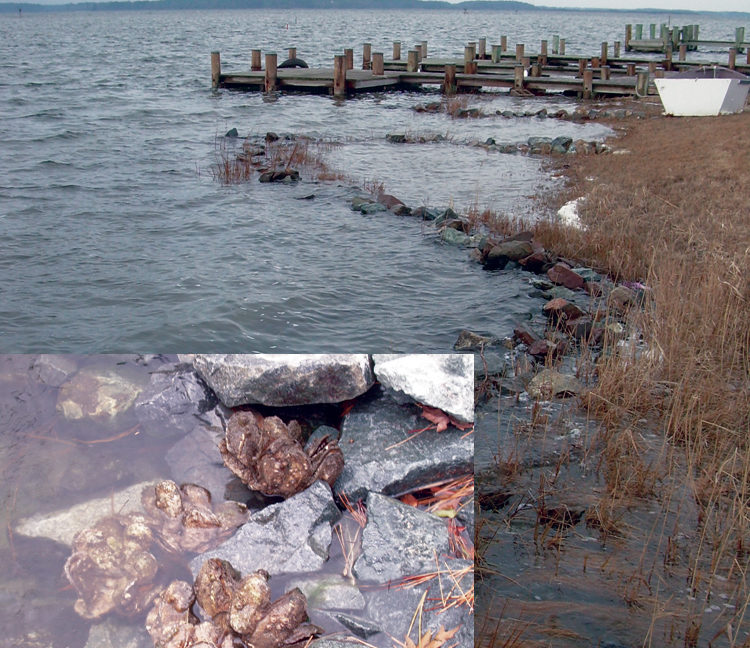
Delaware’s oyster restoration efforts have grown substantially but have yet to be fully developed. Oyster gardening provides a unique opportunity to observe firsthand many of the important ecological services provided by oysters. The knowledge gained from the monitoring of water quality, oyster growth and survival, as well as habitat usage can be applied to improving gardening techniques and restoration site selection.
Oysters have survived surprisingly well in the degraded canal systems of the inland bays. Up to 88 percent survival has been recorded over four summer months with growth rates as high as 8 mm/month. Additionally, newly settled spat has been observed for the first time on oyster shells floating in canals of the inland bays.
The attraction to and production of native estuarine fauna in oyster gardens and the created reef are encouraging signs of restoration success from an ecosystem-based perspective. Specimens collected during three studies from 2006 to 2008 showed that even small-scale efforts provide habitat not otherwise available for a multitude of species that are important ecologically but also economically.
Over 50 species have been collected from oyster floats alone. The commercially or recreationally important fisheries species that use oyster gardens as habitat include blue crab, American eel, mummichog, summer flounder, spotted sea trout, sheepshead, bay anchovy, oyster toadfish and black seabass.
Public fuels restoration
The oyster restoration program in Delaware has turned to opportunistic and adaptive techniques by using volunteers to grow oysters and private lands to help with restoration efforts in the form of a constructed reef and rip-rap plantings. The participation and enthusiasm of the public to restore oyster populations and improve local water quality is absolutely essential to support these small-scale endeavors in Delaware. The oyster programs are expected to gain momentum with continuing education and outreach, further facilitating the reestablishment of C. virginica in the inland bays.
(Editor’s Note: This article was originally published in the March/April 2009 print edition of the Global Aquaculture Advocate.)
Now that you've reached the end of the article ...
… please consider supporting GSA’s mission to advance responsible seafood practices through education, advocacy and third-party assurances. The Advocate aims to document the evolution of responsible seafood practices and share the expansive knowledge of our vast network of contributors.
By becoming a Global Seafood Alliance member, you’re ensuring that all of the pre-competitive work we do through member benefits, resources and events can continue. Individual membership costs just $50 a year.
Not a GSA member? Join us.
Authors
-
Frank Marenghi
Delaware State University
Department of Agriculture
and Natural Resources
1200 North DuPont Highway
Dover, Delaware 19901 USA -
Gulnihal Ozbay, Ph.D.
Delaware State University
Department of Agriculture
and Natural Resources
1200 North DuPont Highway
Dover, Delaware 19901 USA[117,100,101,46,117,115,101,100,64,121,97,98,122,111,103]
-
Kate Rossi-Snook
University of Maryland
Department of Anthropology
College Park, Maryland, USA -
E.J. Chalabala
Delaware Center for the Inland Bays
Rehoboth, Delaware, USA
Tagged With
Related Posts
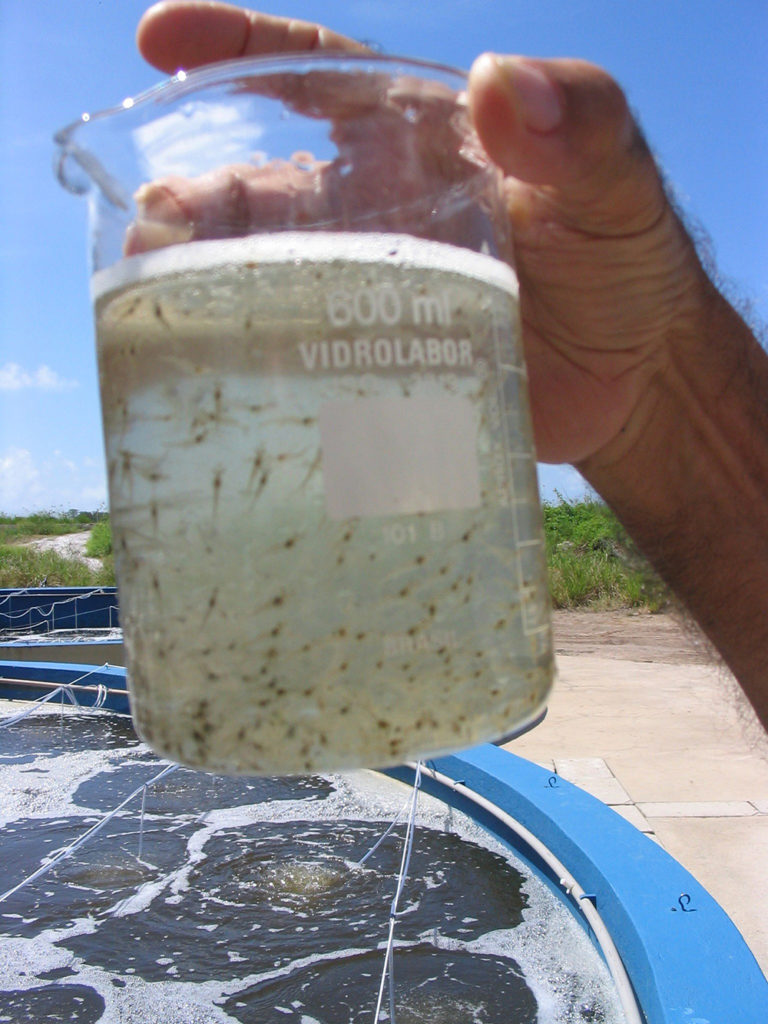
Health & Welfare
A study of Zoea-2 Syndrome in hatcheries in India, part 2
Indian shrimp hatcheries have experienced larval mortality in the zoea-2 stage, with molt deterioration and resulting in heavy mortality. Authors considered biotic and abiotic factors. Part 2 describes results of their study.
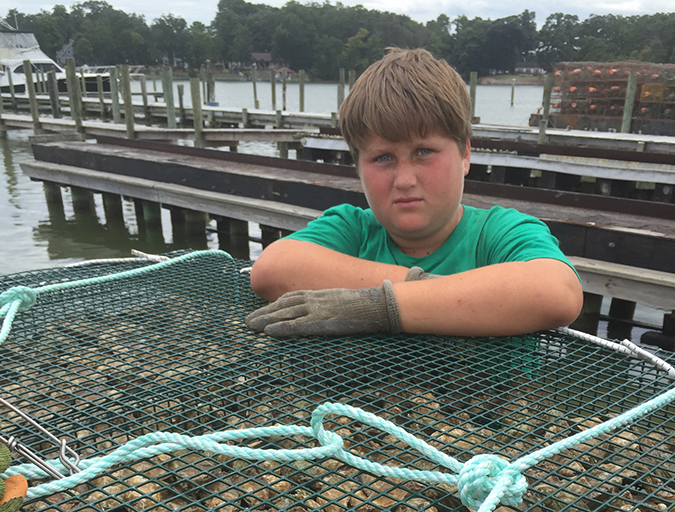
Responsibility
Ailing waterways hail the oyster’s return
The Lower Hudson Estuary and Chesapeake Bay, two waterways once home to thriving oyster beds, would welcome the shellfish’s return. Aquaculture initiatives in both areas aim to reinvigorate the water and the communities they support.
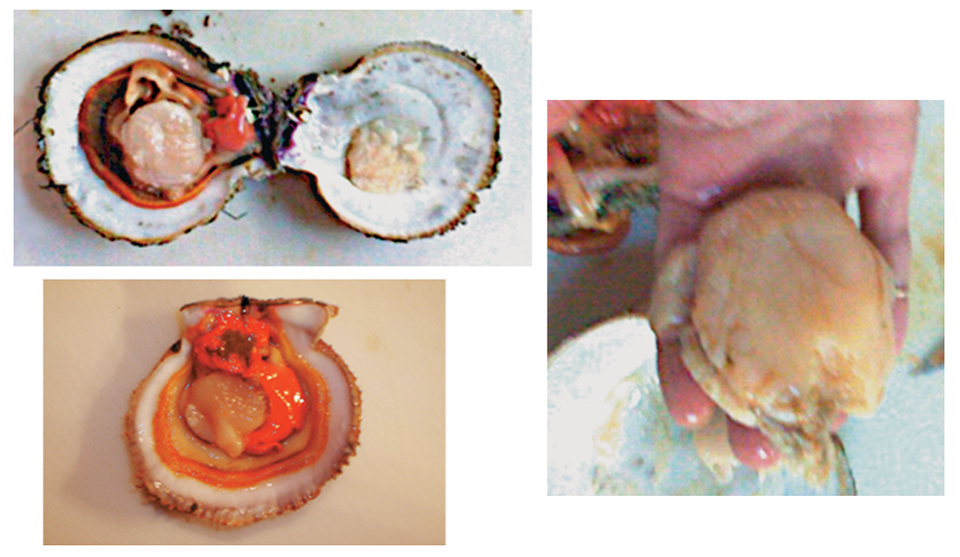
Health & Welfare
Alaska’s purple-hinge rock scallops considered for aquaculture development
Purple-hinge rock scallops are highly prized by local communities and harvested for subsistence in coastal Alaska. To evaluate the suitability of purple-hinge rock scallops for mariculture in Alaska, the authors conducted a four-year grow-out study.
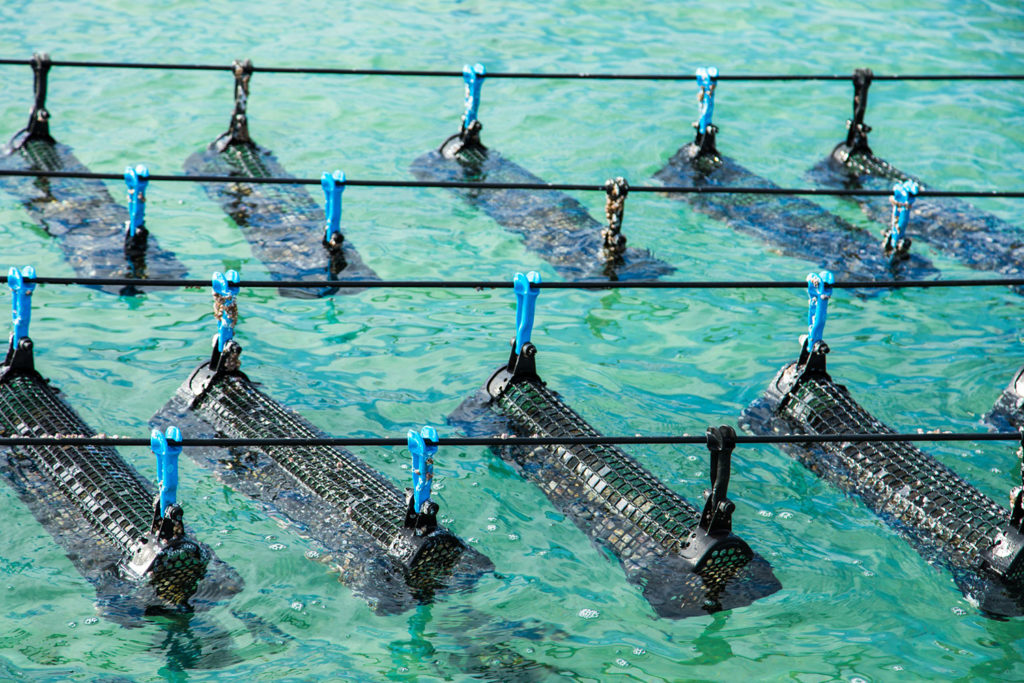
Responsibility
Advancing the ecosystem services of aquaculture
The Nature Conservancy was inactive in aquaculture until new program leader Robert Jones joined. His focus is on the positive outcomes of responsible aquaculture.


